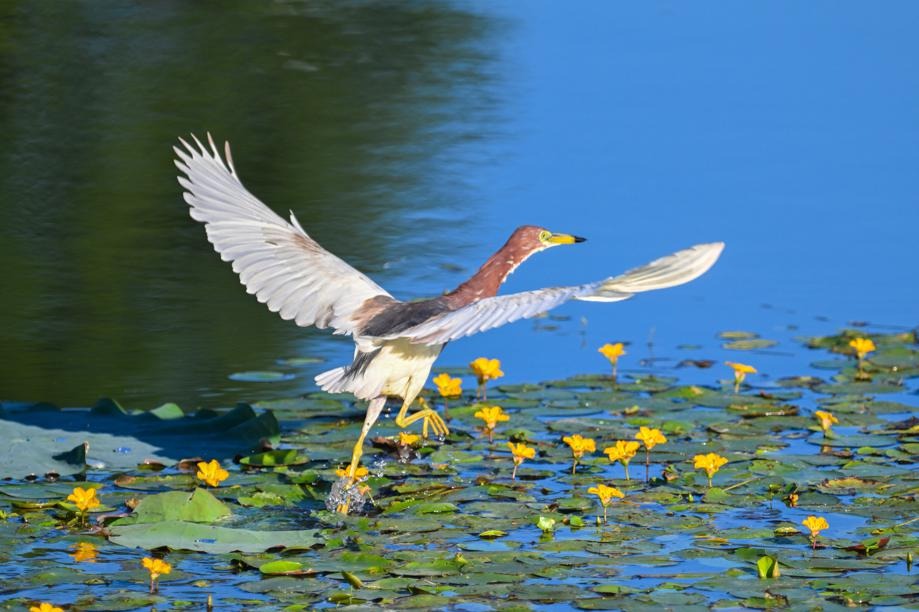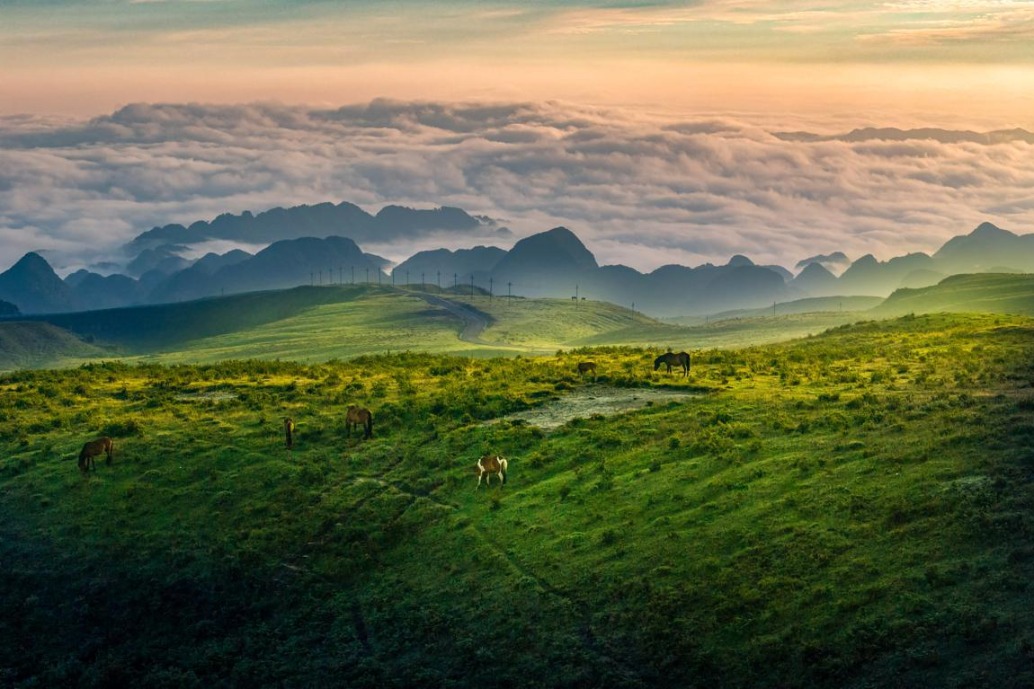Born to be wild





Experts use two main methods to encourage interaction between captive and wild animals in different habitats
Editor's note: As protection of the planet's flora, fauna and resources becomes increasingly important, China Daily is publishing a series of stories to illustrate the country's commitment to safeguarding the natural world.
A gene exchange between captive and wild pandas aimed at better protecting genetic diversity is a major project at the China Conservation and Research Center for the Giant Panda, according to He Shengshan, a guardian and expert at the center.
He said wild pandas inhabit a wide range of areas, so the population is divided into 33 groups based on their location. "This is similar to human villages or tribes. Some large groups in the wild may have hundreds of pandas, while smaller groups may have just a few dozen. After investigation, we found that of the 33 communities, 22 had fewer than 30 giant pandas," he said.
"Because pandas have poor ability to migrate, plus there are mountains, human activities, highways and railway tracks, giant panda groups can't communicate with each other, and those with small populations are still at risk of extinction over time."
He, a breeding expert at the Wolong Hetaoping Base in Wenchuan, a county in the southwestern province of Sichuan, said genetic interaction is usually achieved in two ways.
One is to introduce captive female pandas into the wild within the reserve when they are in heat during the mating season to attract wild males to mate with them.
The other is wild reintroduction — the practice of placing female pandas in large, semi-wild enclosures once they become pregnant to minimize the influence of humans on newborn cubs to enable them to take care of themselves. The cubs are usually released into the wild when they are about 2 years old.
The training for release is a long process that starts before the cub is born and is divided into two periods. The first lasts from the mother's pregnancy until the cub is about 1 year old, while the second starts around the cub's first birthday and runs until it is about 2 years old, He said.

"We use the mother-animal approach to carry out rewilding training. We put pregnant females in the first stage of the training area, which is generally 2,000 to 3,000 square meters, and the female chooses a safe corner in which to give birth. Then, we monitor and ensure the health of the mother and provide her with food, while she takes care of the cub by herself as much as possible," he said.
What is particularly interesting is that in order to avoid the learned behavior of humans the keepers wear panda camouflage suits every time they feed the mother, sterilizing the soles of their shoes and spraying extract of panda feces and urine onto their clothes so the mother is completely free of human smells and traces to ensure that the cub's living environment remains the same as in the wild, He said.
Because the giant panda's pregnancy cycle is relatively short, generally only four or five months, panda cubs are not fully developed when they are born. Instead, they are pink and tender. It takes about two weeks for them to open their eyes, two months to hear and four months to crawl, all while surviving on their mother's milk and care.
Giant pandas' upper limbs are relatively short, so it is not very convenient for them to carry cubs. Especially in the wild, when there is danger, they can only carry one cub.
Therefore, the fertility rate of giant pandas is not high, which is one of the main reasons for their relatively small population.
Up to the age of 2, panda cubs in the wild are vulnerable to wild boars, black bears, snakes and birds of prey, but their safety improves as they grow, He said. Therefore, the training area in the second stage is almost exactly the same as the wild environment, with tall trees and shrubs, as well as wild animals such as boars.
During this period, the center sets up surveillance cameras and other equipment to monitor the mother and cub.
At the Wolong Hetaoping Base, 10 pandas have been released into the wild since the program began in 2010, and nine have survived.
China currently has more than 670 giant pandas raised in captivity, and more than half are cared for by the China Conservation and Research Center for the Giant Panda, which has four bases in Sichuan.
According to clues obtained through the tracking of feces and DNA data, nearly 2,000 wild pandas are living in Sichuan, Shaanxi and Gansu provinces. Of those, more than 1,300 live in Sichuan.
Contact the writers at yandongjie@chinadaily.com.cn
- Smart agriculture provides solutions for BRI countries
- Foreign experts, journalists explore China's cultural heritage
- Jiangxi county pioneers innovative rural development approach
- China's 'medicine capital' company goes fully automated
- Beijing prosecutors helping errant minors to get back on track
- Copyright Society of China wins approval to be observer of world intellectual property body

































